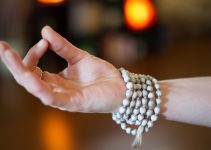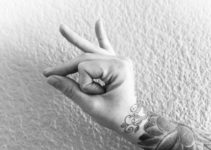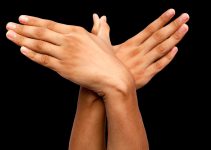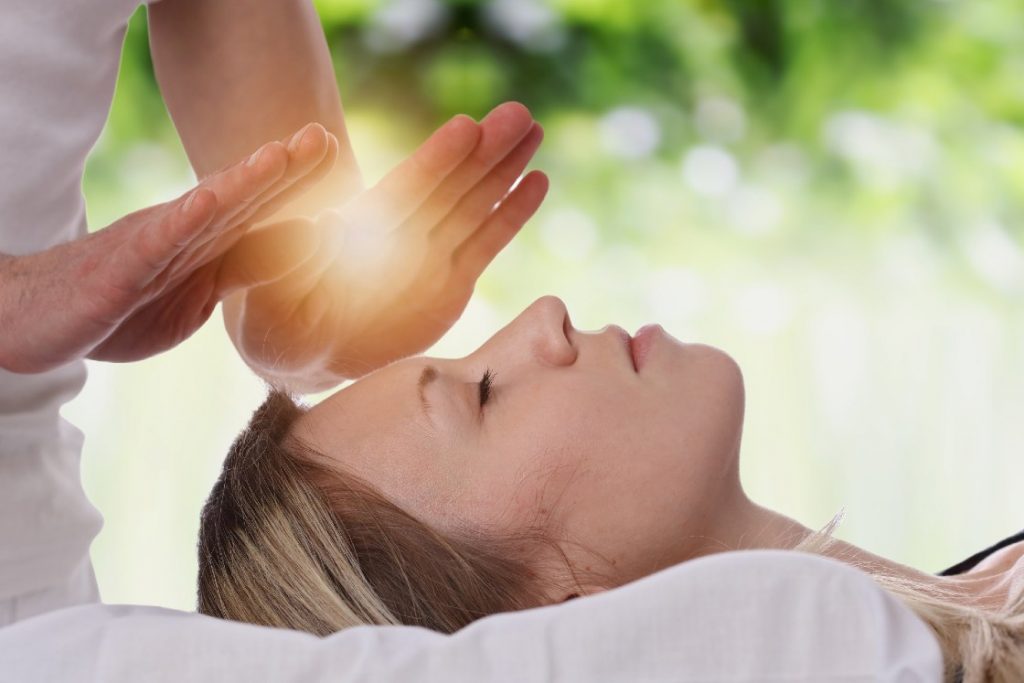
Reiki, originating from Japan, is an ancient art that involves channelling healing energy through the practitioner’s hands to promote relaxation, stress reduction, and holistic healing. In this article, we delve into the synergy of Reiki and Yoga Mudras, unveiling the powerful practice of “Mudras in Reiki” for grounding and centering during your sessions.
What are Mudras in Reiki?
Mudras, in the context of Reiki, are intricate hand positions that play a pivotal role in channelling and amplifying the flow of universal life energy. These gestures, which involve specific hand configurations and often accompany focused intention, serve as a bridge between the physical and energetic aspects of healing in Reiki practice.
Mudras in Reiki are not isolated from the core principles of this ancient healing art. They are a means to further enhance the connection between the practitioner, the client, and the universal life force energy that Reiki taps into.
The Difference Between Reiki and Mudra Practice
While Reiki is centred on the practitioner’s ability to channel healing energy, Mudras focus primarily on the specific positioning of the hands to enhance energy flow and intention.
Reiki involves a broader range of practices and attunements beyond hand positions, while Mudras are primarily hand-centric practices.
Here’s a closer look at the essence of Mudras in Reiki:
A Bridge for Energy Flow
Mudras act as conduits, allowing the practitioner to direct and refine the energy that flows through their hands during a Reiki session. They facilitate the smooth transmission of healing energy from the practitioner’s energy field to the recipient, ensuring a balanced and harmonious exchange.
Amplifying Healing Intent
Each Mudra carries its unique symbolism and intention. By adopting specific Mudras, a Reiki practitioner can intensify their healing intentions. For example, the Gassho Mudra, formed by bringing the palms together in a prayer-like position, symbolizes unity and can enhance the intention of bringing balance to the recipient.
Enhancing Focus and Concentration
Mudras are not merely hand postures; they are a form of meditation in action. When a practitioner forms a Mudra, they are not only directing energy but also deepening their focus and concentration. This heightened awareness aids in aligning the practitioner with the healing process.
Integration with Traditional Hand Positions
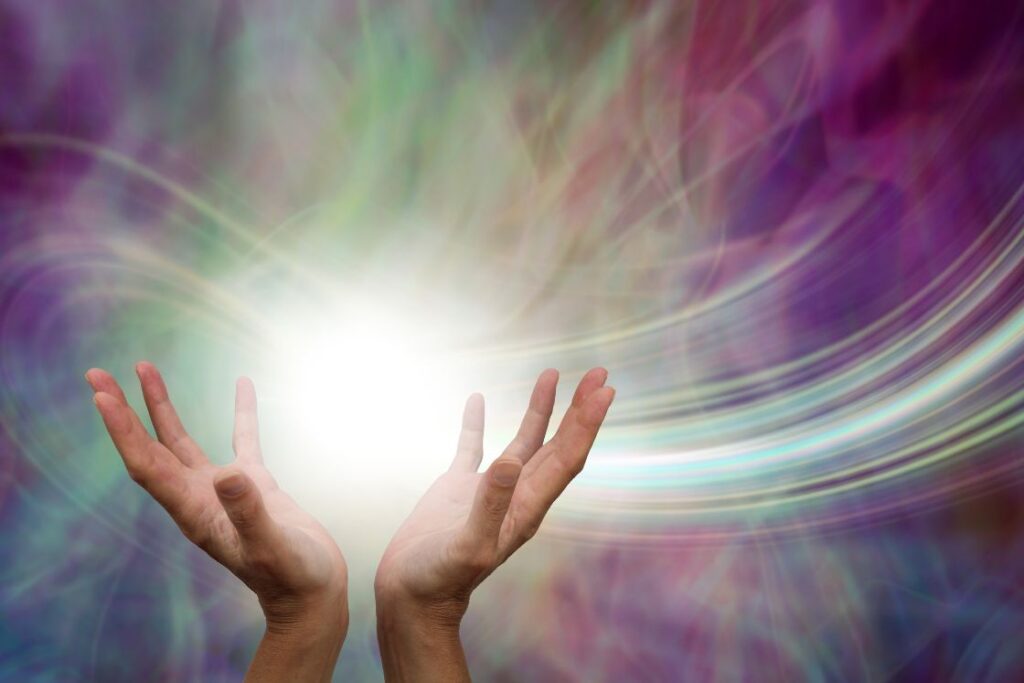
While Mudras offer a unique dimension to Reiki, they are often integrated seamlessly with the traditional hand positions used in Reiki practice. The combination of Mudras and hand placements ensures a holistic and comprehensive approach to healing.
In essence, Mudras in Reiki serve as a language of energy, allowing practitioners to communicate with the universal life force in a profound way. They are a testament to the depth and versatility of Reiki as a healing modality.
In the next section, we will delve into the rich variety of Reiki Mudras and their specific purposes in the healing journey.
Exploring the Variety of Reiki Mudras
In the realm of Reiki, Mudras open the door to a diverse and potent array of hand positions, each carrying its unique purpose and benefits.
Let’s embark on a journey to explore these Reiki Mudras, understanding how they can be employed to deepen the healing experience:
Gassho Mudra
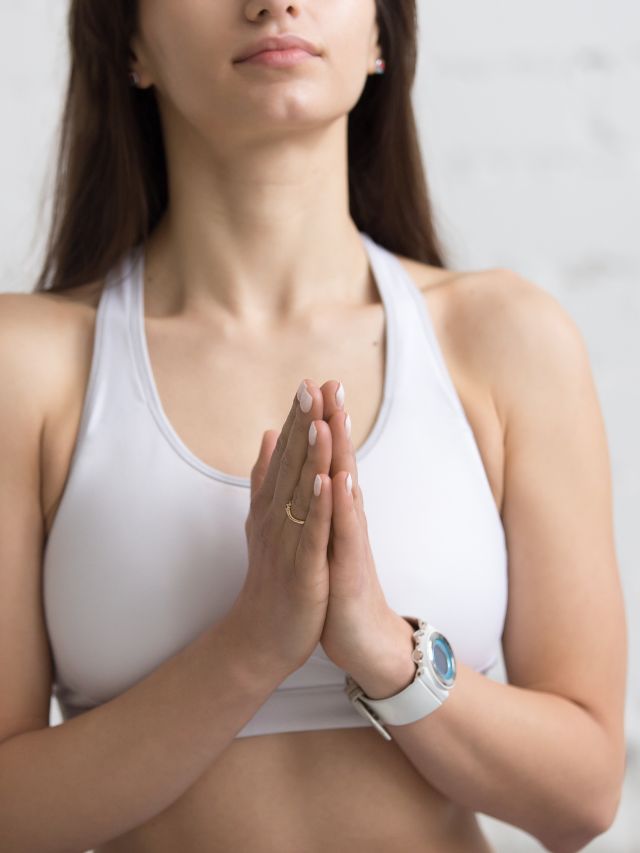
Purpose: Gassho Mudra is a simple yet profound gesture where the practitioner brings their palms together in a prayer-like position, fingertips pointing upward. It’s similar to Anjali Mudra in yoga. Before we practice any Reiki methods we bring our hands together in Gassho.
Benefits: This Mudra symbolizes unity and is used to unite and balance the left and right brain hemispheres. It fosters a sense of oneness and deepens the connection with the recipient.
Chowki Mudra
Purpose: Chowki Mudra involves interlocking the fingers of both hands with the right thumb on top, creating a triangle shape.
Benefits: This Mudra aids in digestion and facilitates the removal of toxins from the body. It supports the cleansing and purification process during a Reiki session.
Shinpin Mudra
Purpose: Shinpin Mudra is formed by gently clasping the fingers of both hands together, with the thumbs crossing over each other.
Benefits: This Mudra is a calming gesture, ideal for soothing the mind and relieving tension and stress. It promotes a tranquil and peaceful state for both the practitioner and the recipient.
Raku Mudra
Purpose: Raku Mudra involves interlocking the fingers of both hands, with the left thumb resting on the top of the right thumb.
Benefits: This Mudra is used to release negative energy and refresh the spirit. It acts as a powerful tool for clearing stagnant or unwanted energies during a Reiki session.
Namaste Mudra
Purpose: Namaste Mudra is a gesture where the practitioner brings their hands together in a prayer position at the heart center.
Benefits: This Mudra honors the soul and connects to the divine essence within and around us. It serves as a symbol of deep respect and gratitude.
These Reiki Mudras are not isolated practices but are seamlessly integrated into a Reiki session to amplify the energy flow and healing effects. As a practitioner, you can choose the Mudra that aligns with your intention and the needs of the recipient.
Incorporating Mudras into Reiki Sessions
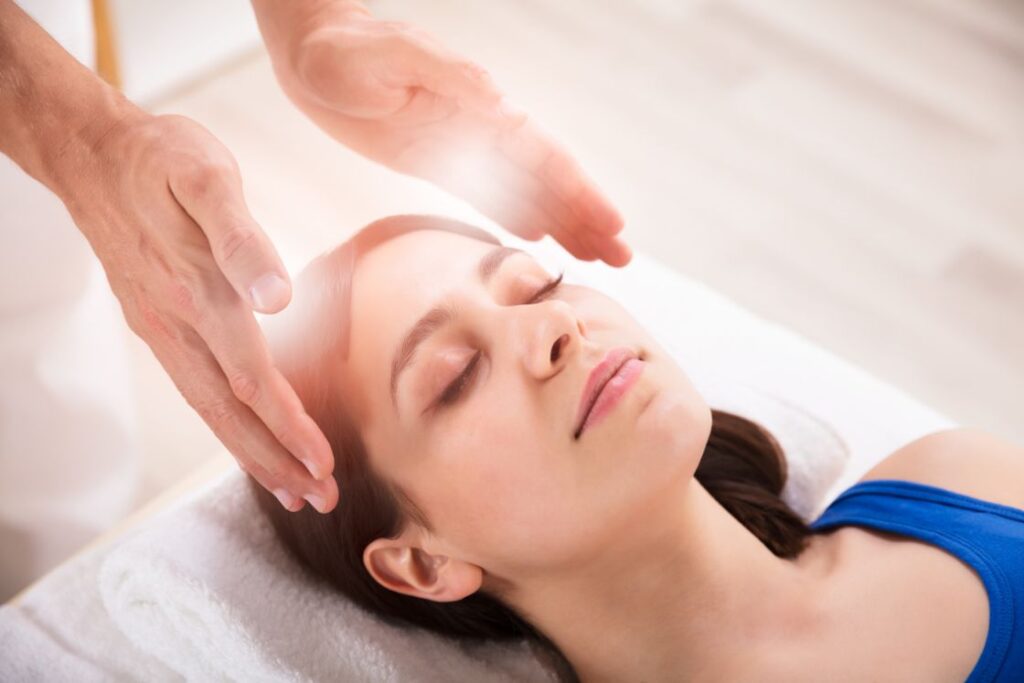
The integration of Mudras into your Reiki sessions can elevate the healing experience for both you as a practitioner and your recipient.
Here’s a guide on how to effectively incorporate Mudras into your Reiki sessions:
1. Intention Setting
- Before you begin your Reiki session, set a clear intention for healing. Decide which Mudra(s) align with this intention and the needs of the recipient.
2. Initial Grounding Mudra
- Start your session with a grounding Mudra, such as the Gassho Mudra, to create a strong connection with the recipient and establish a harmonious energy exchange.
3. Transitioning between Hand Positions and Mudras
- Seamlessly transition between traditional Reiki hand positions and Mudras. Use Mudras to intensify energy flow during specific parts of the session.
4. Duration Guidelines
- While there are no strict rules, generally hold each Mudra for a few minutes (3-5 minutes) or as long as you intuitively feel is necessary. Trust your intuition and the energy flow.
5. Sequencing Mudras
- Depending on the recipient’s needs, you can sequence Mudras to address different aspects of healing. For example, you might start with a grounding Mudra, move to a detoxifying Mudra like Chowki, and end with a calming Mudra like Shinpin.
6. Feedback and Sensitivity
- Pay attention to the recipient’s feedback and energy sensitivity. Some may respond more positively to certain Mudras. Adjust your Mudra selection accordingly.
7. Closing Mudra
- Conclude the Reiki session with a Mudra that aligns with gratitude and sealing the healing energies. Namaste Mudra is often used for this purpose.
8. Practice and Intuition
- Over time, your intuition will guide you in selecting the most appropriate Mudras. Trust your inner wisdom and the energy connection you establish with each recipient.
Incorporating Mudras into Reiki sessions requires practice and a deep understanding of both Reiki and the specific Mudras. It’s a dynamic process that allows you to customize each session for the best possible outcome.
As you become more proficient in combining Reiki and Mudras, you’ll discover their potential to enhance the healing journey for both you and those you are privileged to assist.
Conclusion
In the world of Reiki, Mudras offer a transformative dimension to the art of healing. This exploration of “Mudras in Reiki for Grounding and Centering” reveals that these hand gestures are not mere postures but gateways to profound energy manipulation and balance.
As you embrace the synergy of Reiki and Mudras, remember that it’s a journey of continuous learning and refinement. Trust your intuition, explore the variety of Mudras, and let the energy guide you. With practice, these ancient practices can become powerful tools for profound healing, grounding, and centering, benefitting both you as a practitioner and those you heal. Embrace this wisdom, and may your hands become conduits of light and transformation in your Reiki journey.
FAQs About Reiki Mudras
Mudras in Reiki are intricate hand positions that enhance the flow of universal life energy during healing sessions. They serve as bridges between the practitioner, the client, and the healing energy, deepening the connection and intention.
Reiki encompasses a variety of Mudras, each with unique purposes. Common ones include Gassho, Chowki, Shinpin, Raku, and Namaste Mudras, but there are more to explore.
While there’s no strict sequence, Mudras can be sequenced based on the recipient’s needs. Practitioners may start with grounding Mudras, move to detoxifying Mudras, and end with calming Mudras, but flexibility is key.
Hold each Mudra for a few minutes (3-5 minutes) or as your intuition guides. Trust the energy flow and adapt to the recipient’s feedback.
Yes, Mudras can seamlessly complement traditional hand positions in Reiki. They intensify energy flow and can be used during specific phases of a session for enhanced healing.
